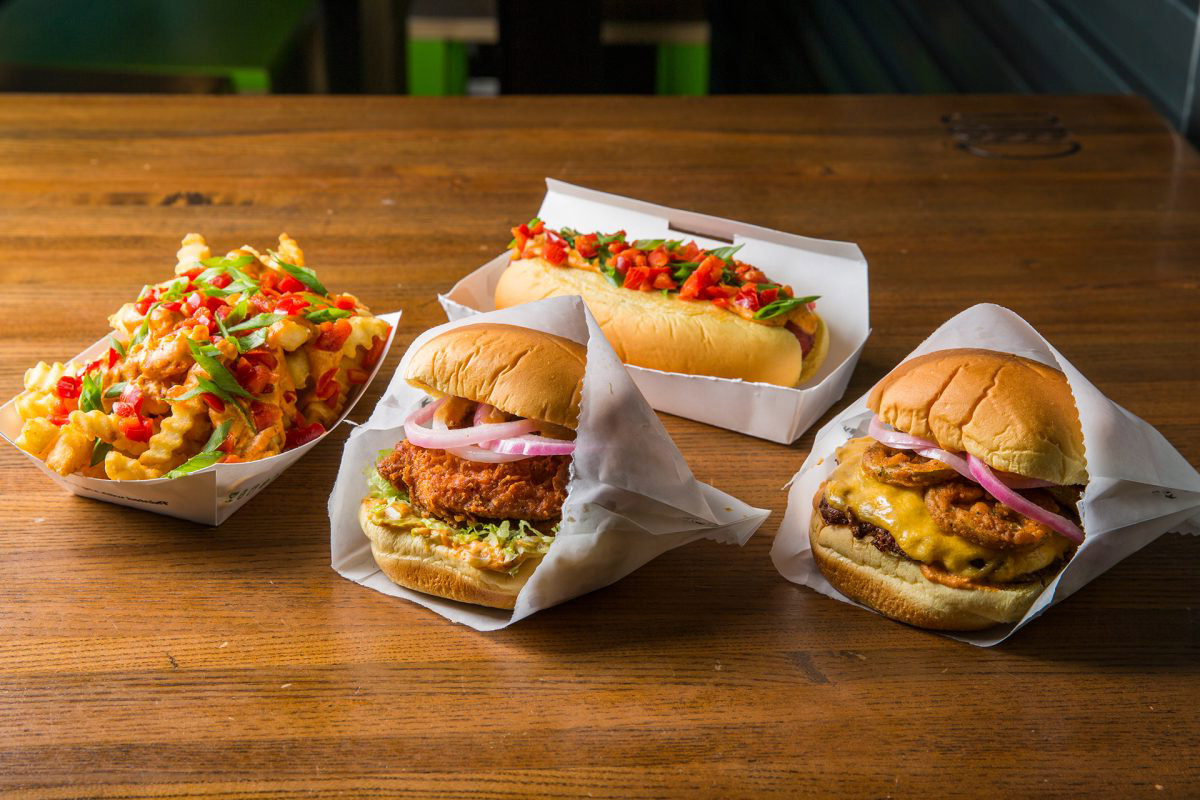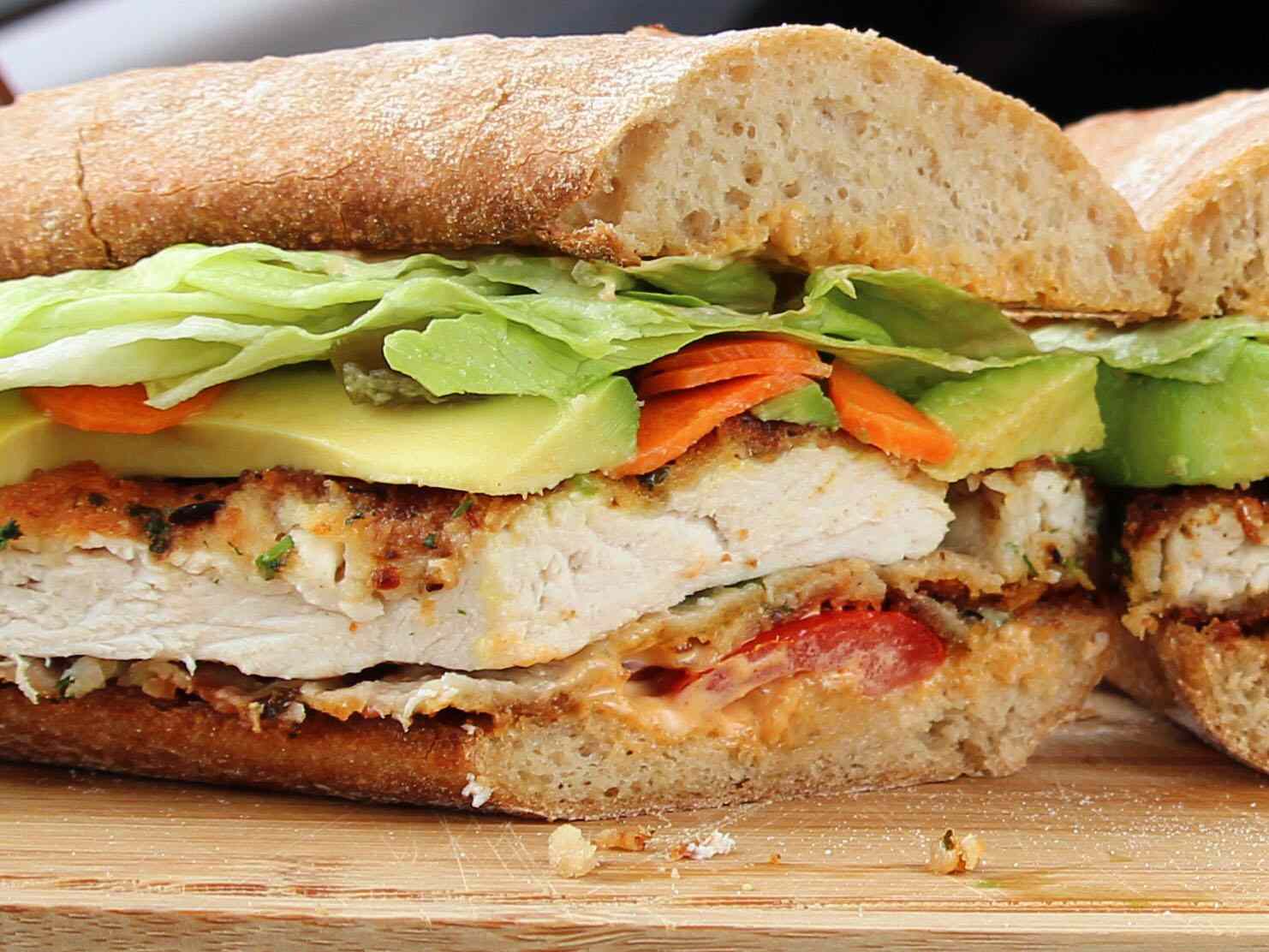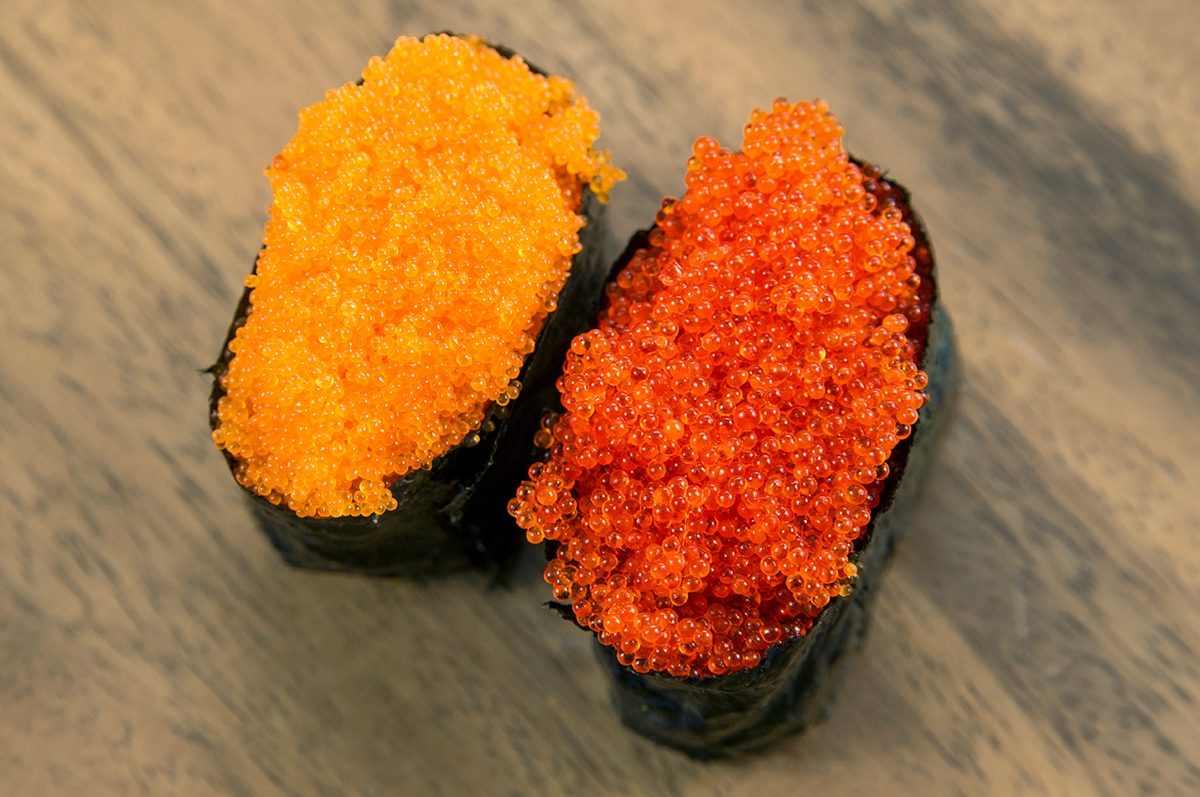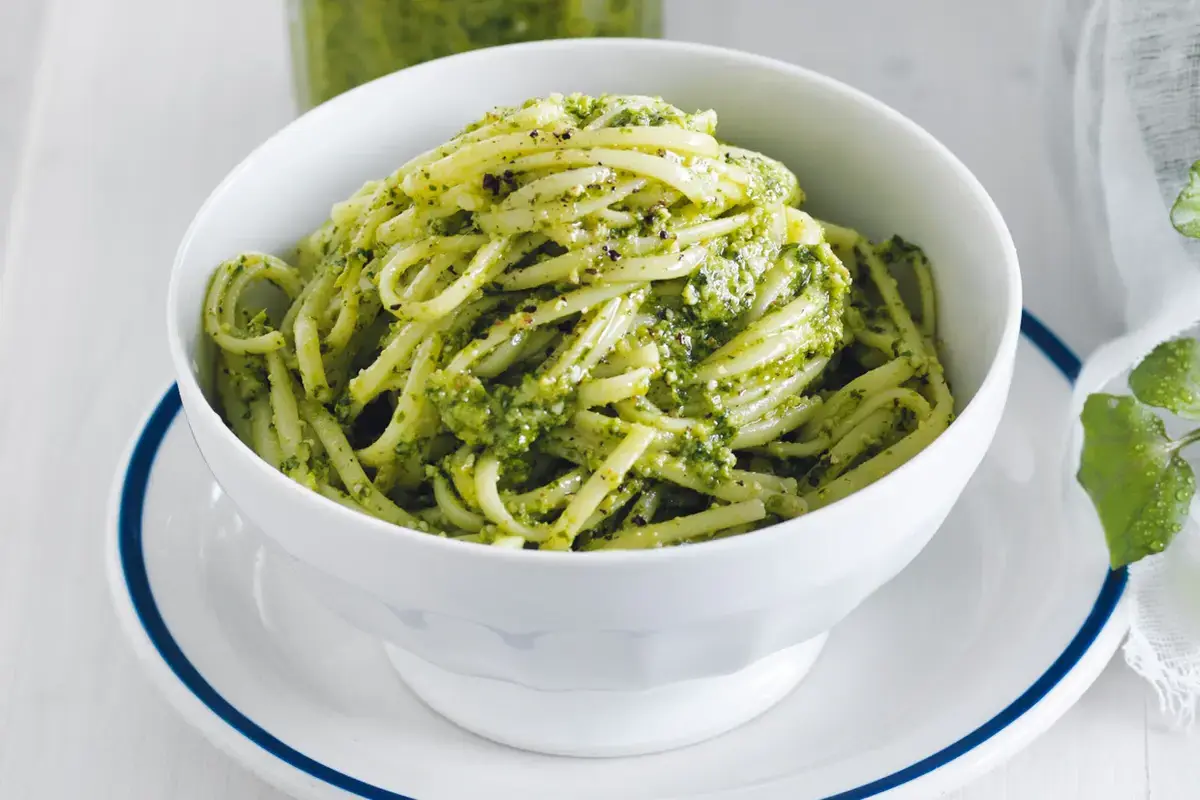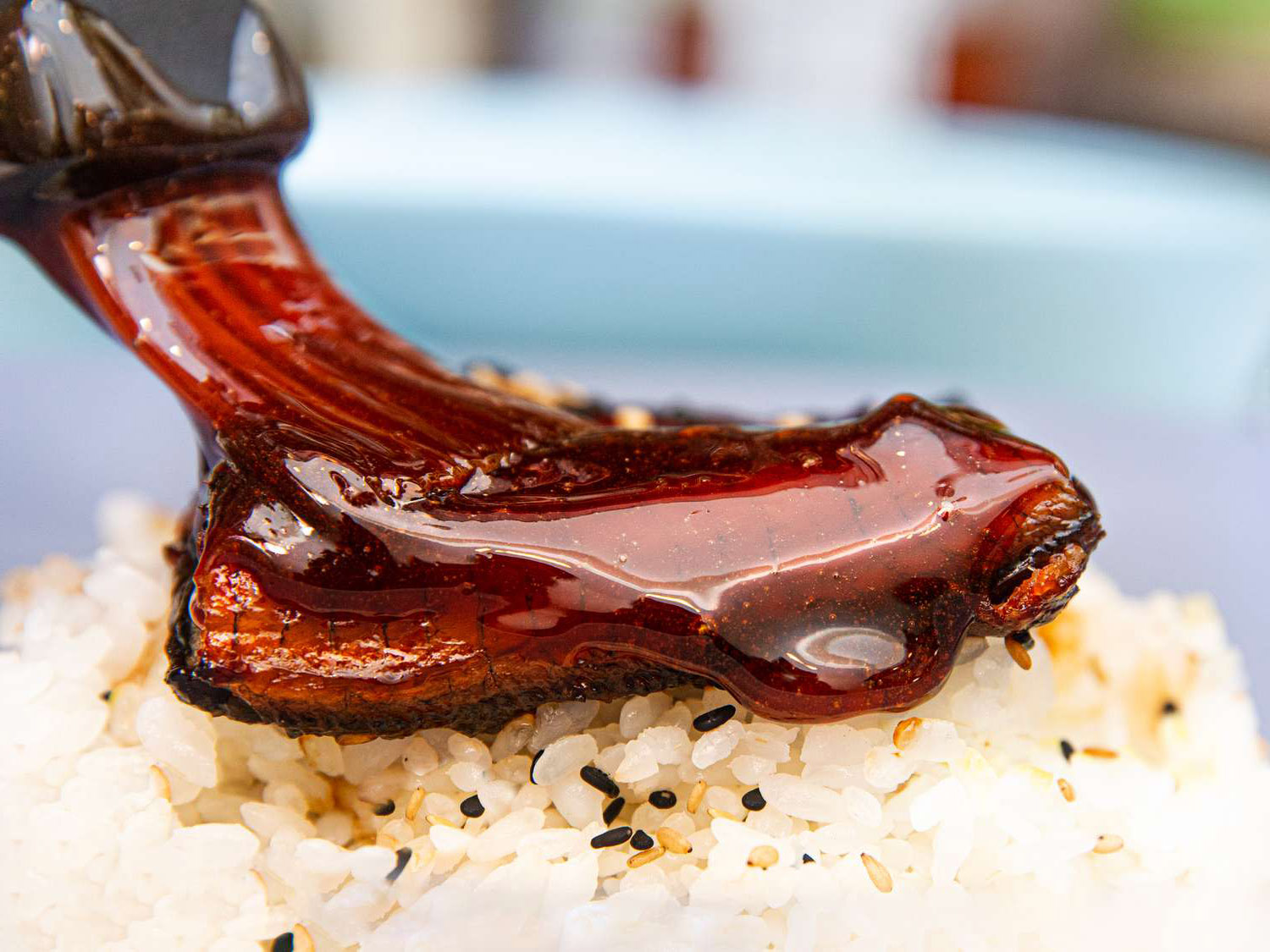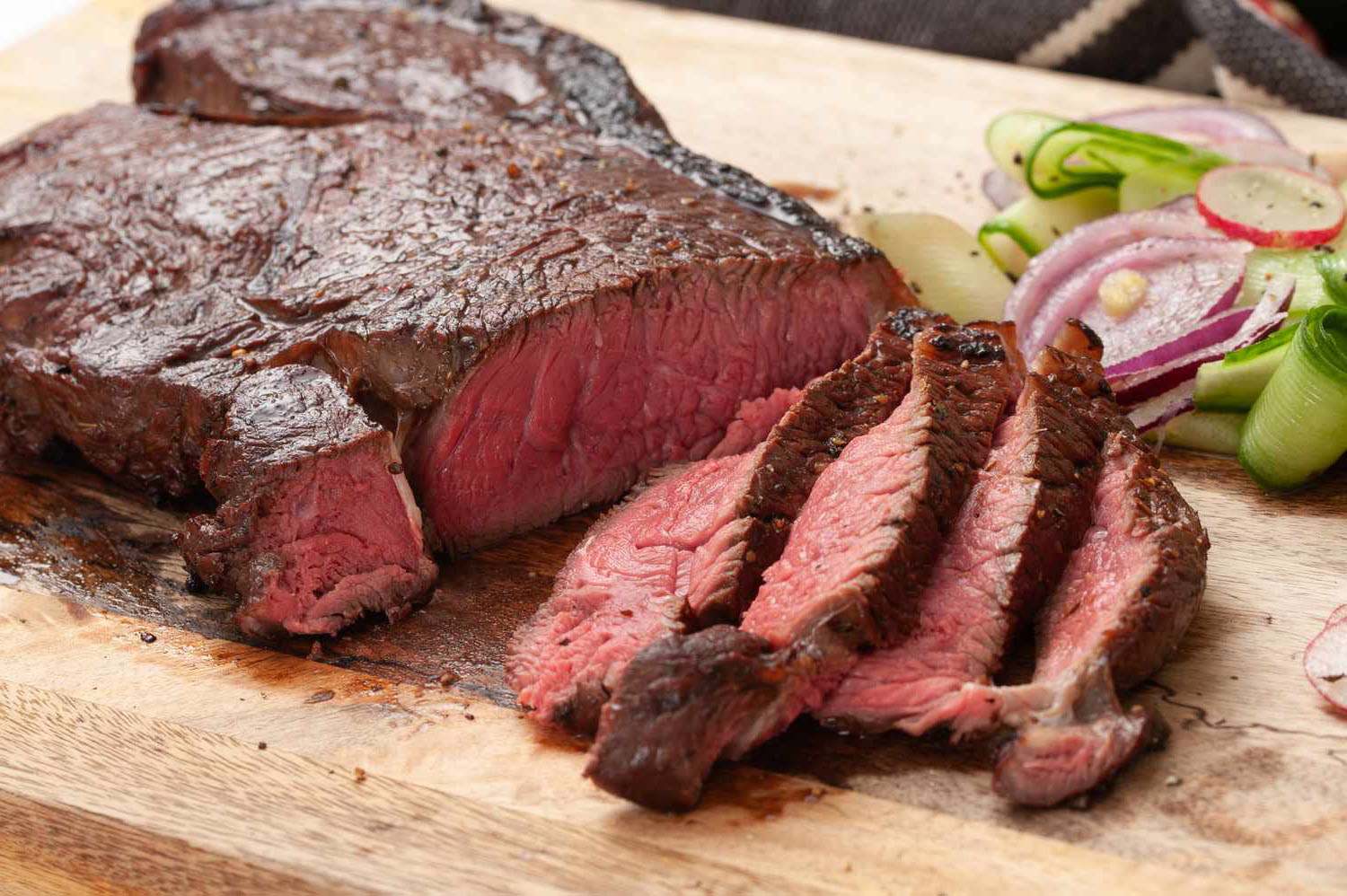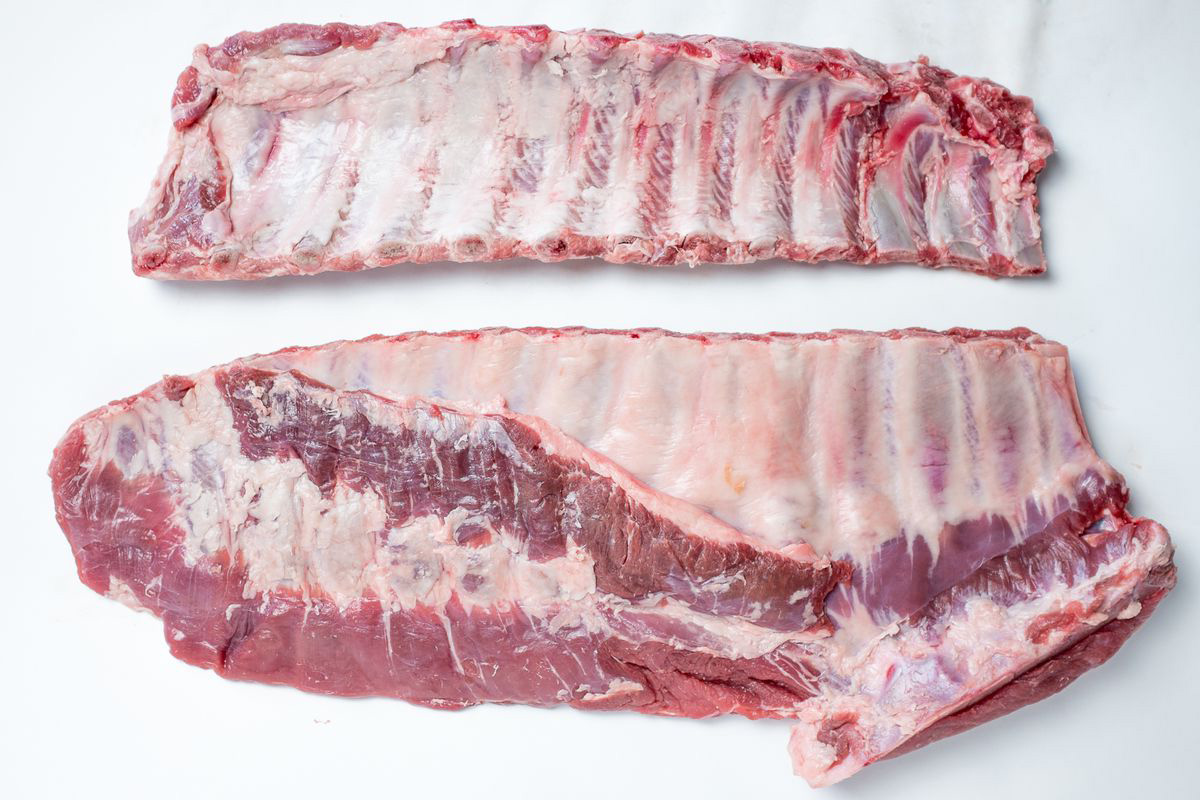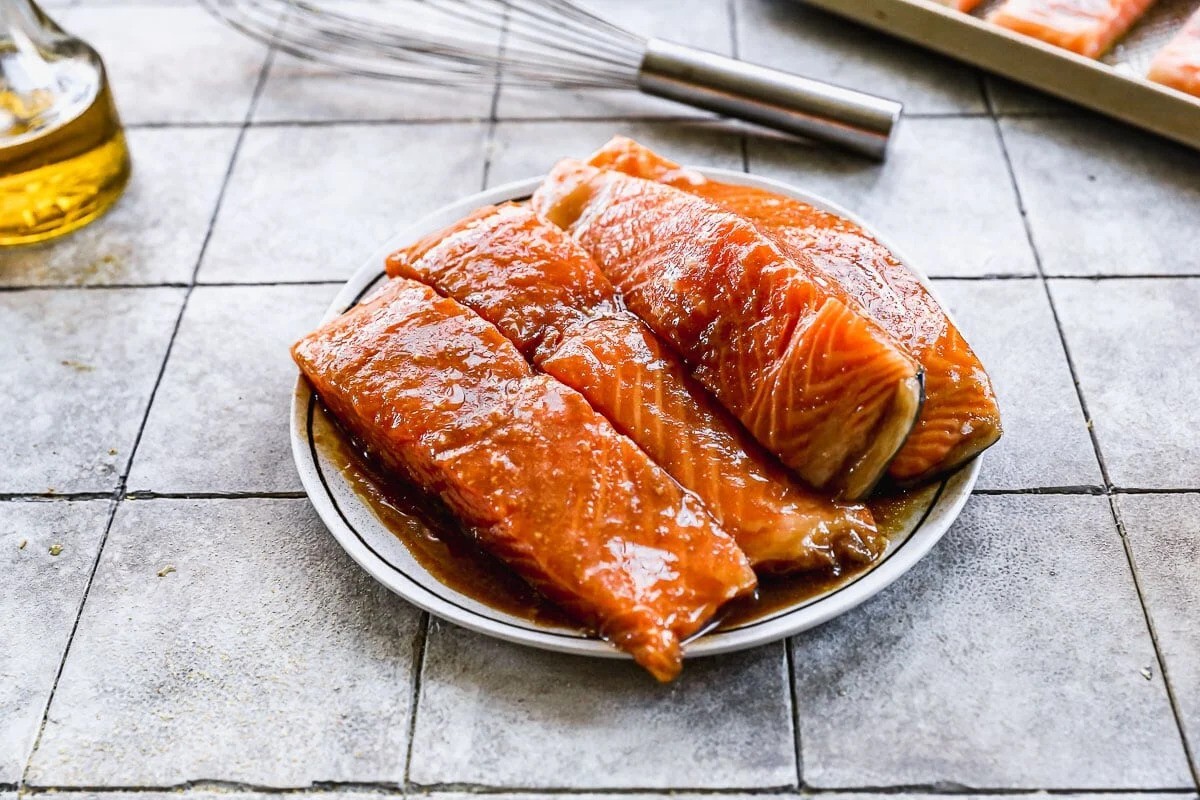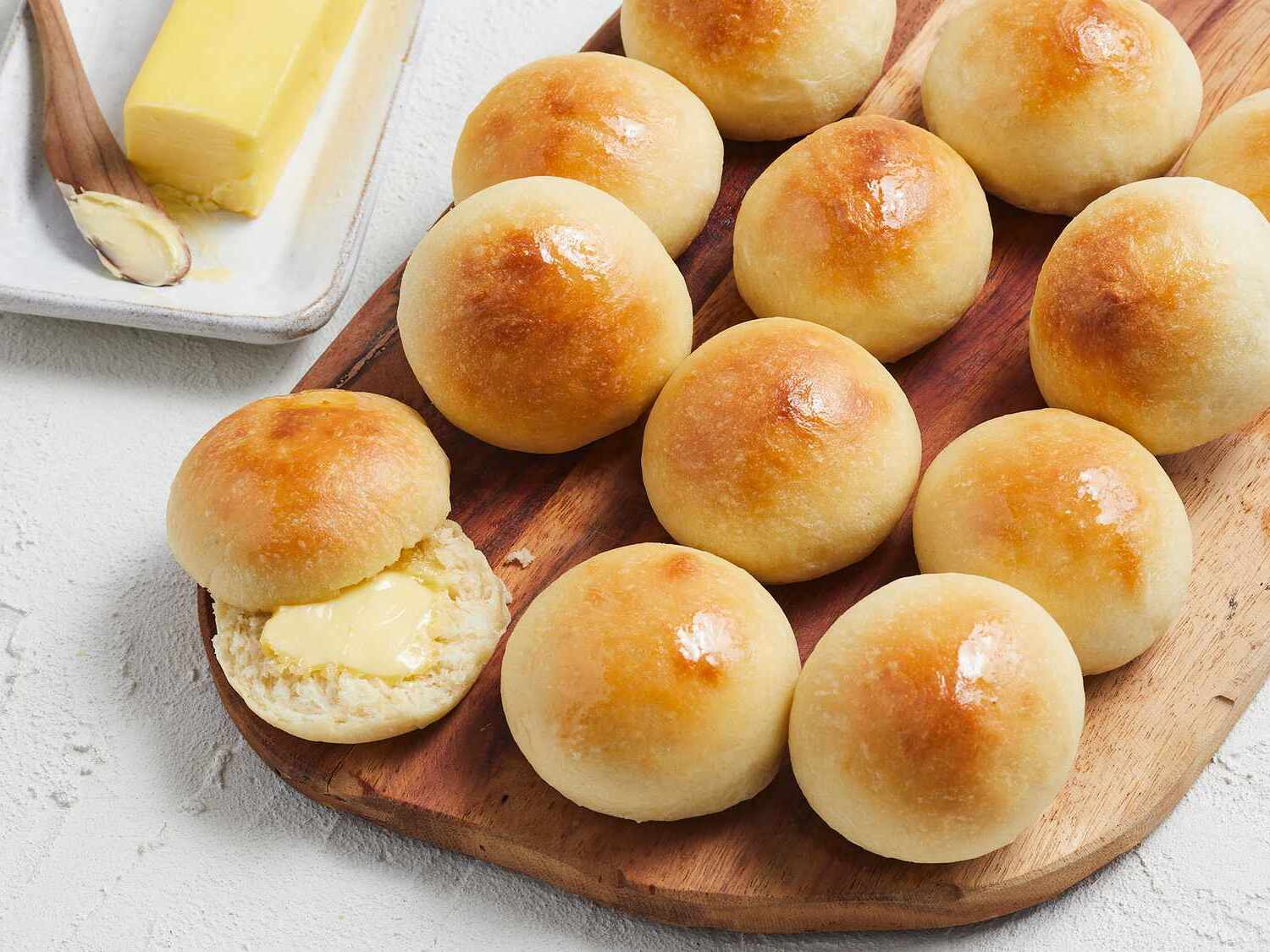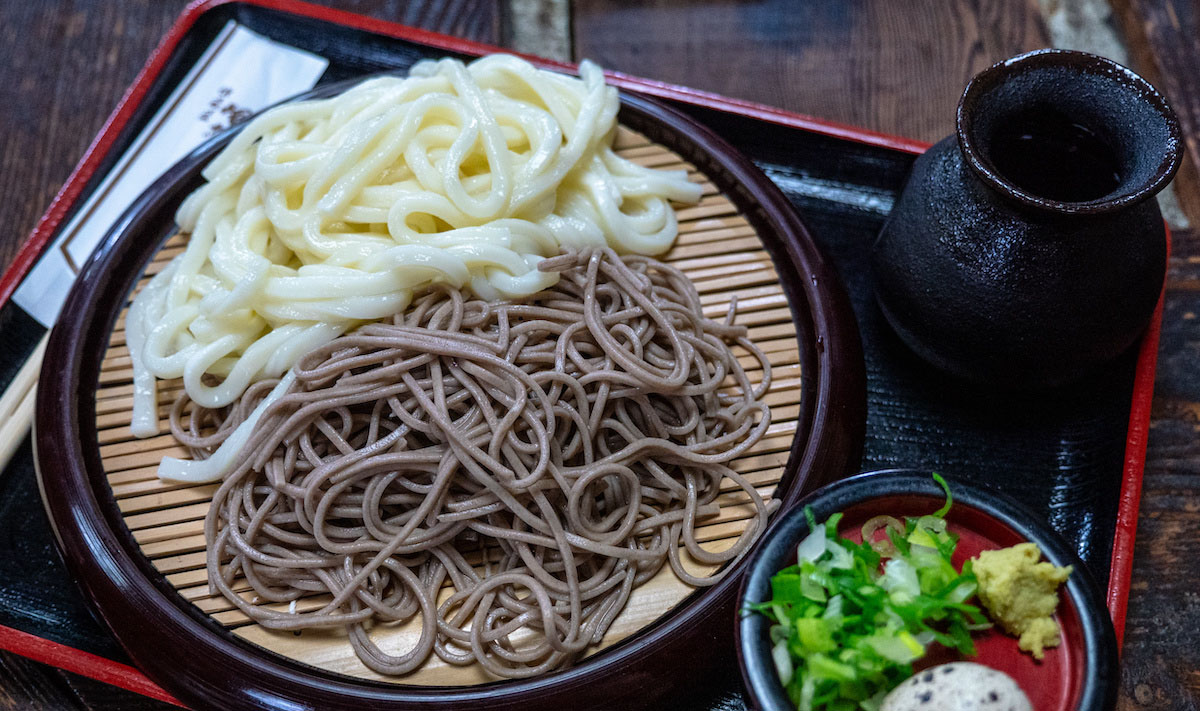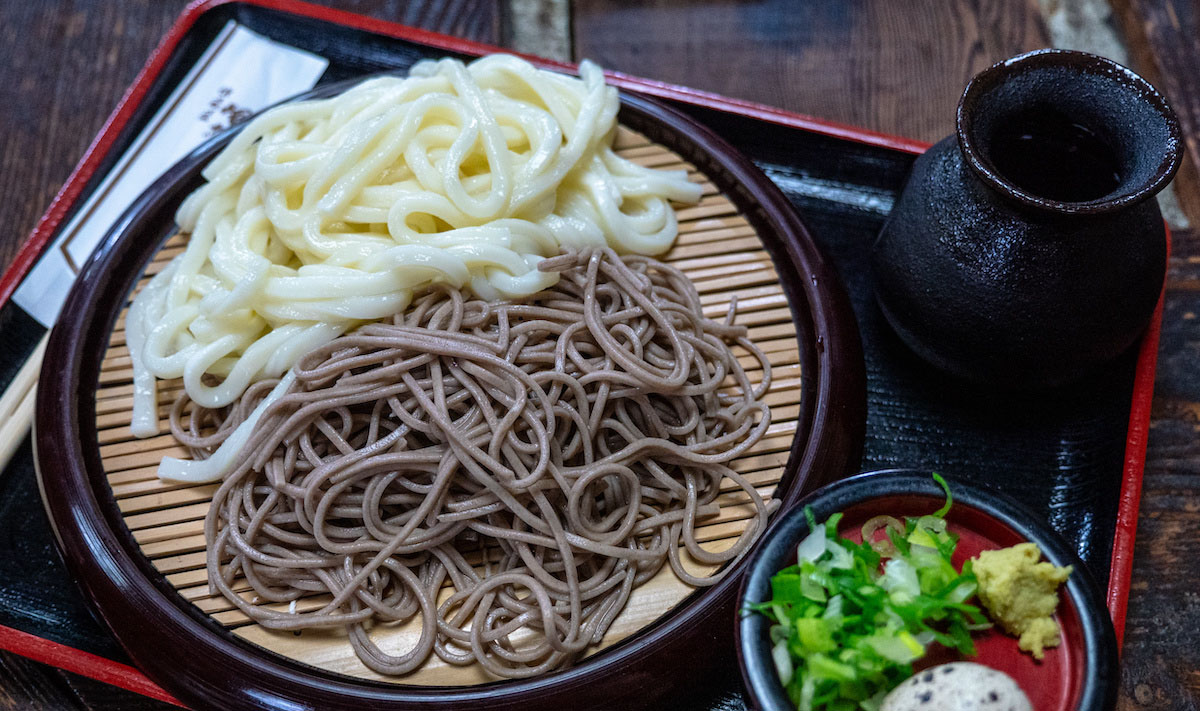Understanding Baking Spread
When it comes to baking, there are a variety of ingredients that are essential for creating delicious treats. One such ingredient is baking spread, which plays a crucial role in many baking recipes. But what exactly is baking spread, and how is it different from other types of fats and oils?
What Is Baking Spread?
Baking spread is a type of fat that is specifically formulated for use in baking. It is a blend of vegetable oils and fats, often including ingredients such as palm oil, rapeseed oil, and sometimes buttermilk. Baking spread typically contains a lower percentage of water compared to regular butter, making it suitable for baking at higher temperatures without the risk of burning.
How Is Baking Spread Different from Butter?
One of the key differences between baking spread and butter is the fat content. While butter is made from churning cream and has a higher fat content, baking spread is a blend of oils and fats with a lower water content. This makes baking spread easier to incorporate into batters and doughs, resulting in a lighter texture in baked goods.
Uses of Baking Spread
Baking spread is a versatile ingredient that can be used in a wide range of baking recipes. It can be used to make cakes, cookies, pastries, and other baked goods. Baking spread is also suitable for greasing baking pans and trays, providing an easy release for your baked creations.
Benefits of Using Baking Spread
There are several benefits to using baking spread in your baking endeavors. Some of the key advantages include:
- Convenience: Baking spread is often sold in tubs, making it easy to measure and use in recipes.
- Consistency: Baking spread has a consistent texture, making it easy to work with in various baking applications.
- Healthier Option: Some baking spreads are formulated to be lower in saturated fat and calories compared to butter, offering a healthier alternative for those conscious of their dietary intake.
Conclusion
Baking spread is a valuable ingredient in the world of baking, offering a convenient and versatile option for creating delicious treats. Whether you’re whipping up a batch of cookies or preparing a show-stopping cake, baking spread can be a valuable addition to your pantry. Its unique blend of oils and fats makes it a reliable choice for achieving the perfect texture and flavor in your baked creations.
Next time you’re in the kitchen, consider reaching for baking spread to elevate your baking game and unlock a world of delicious possibilities.
Was this page helpful?
Read Next: What Is Chili Relleno?
EhsanGhadamkheyr
SEO, Content Marketing, Content Creation, Google ads, Branding, Social Media Expert
